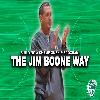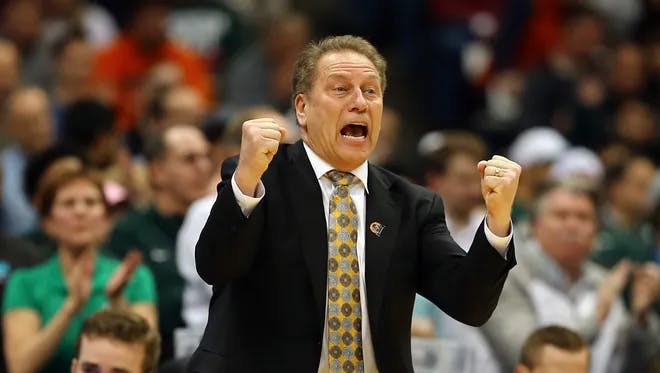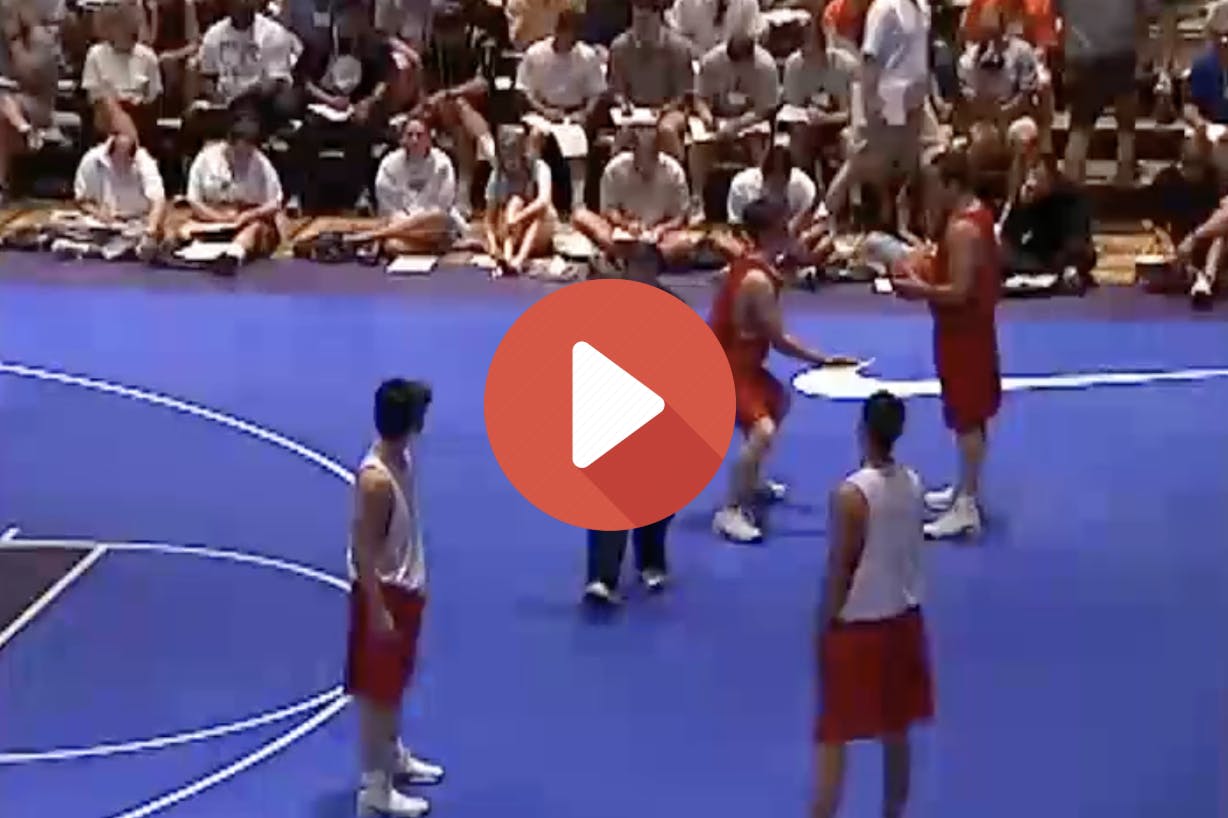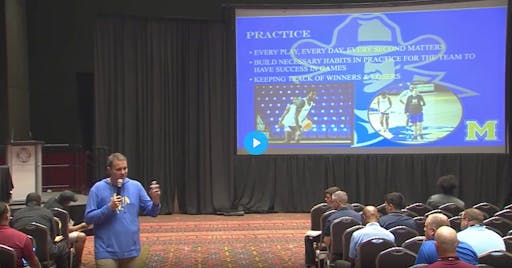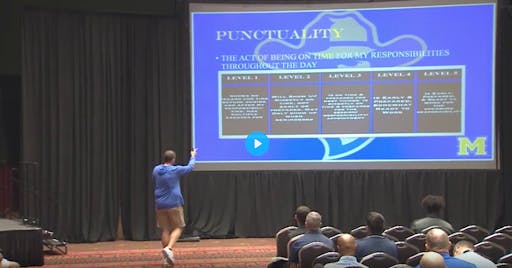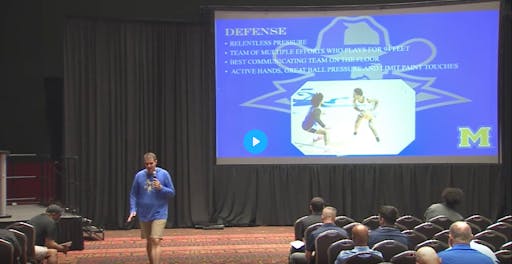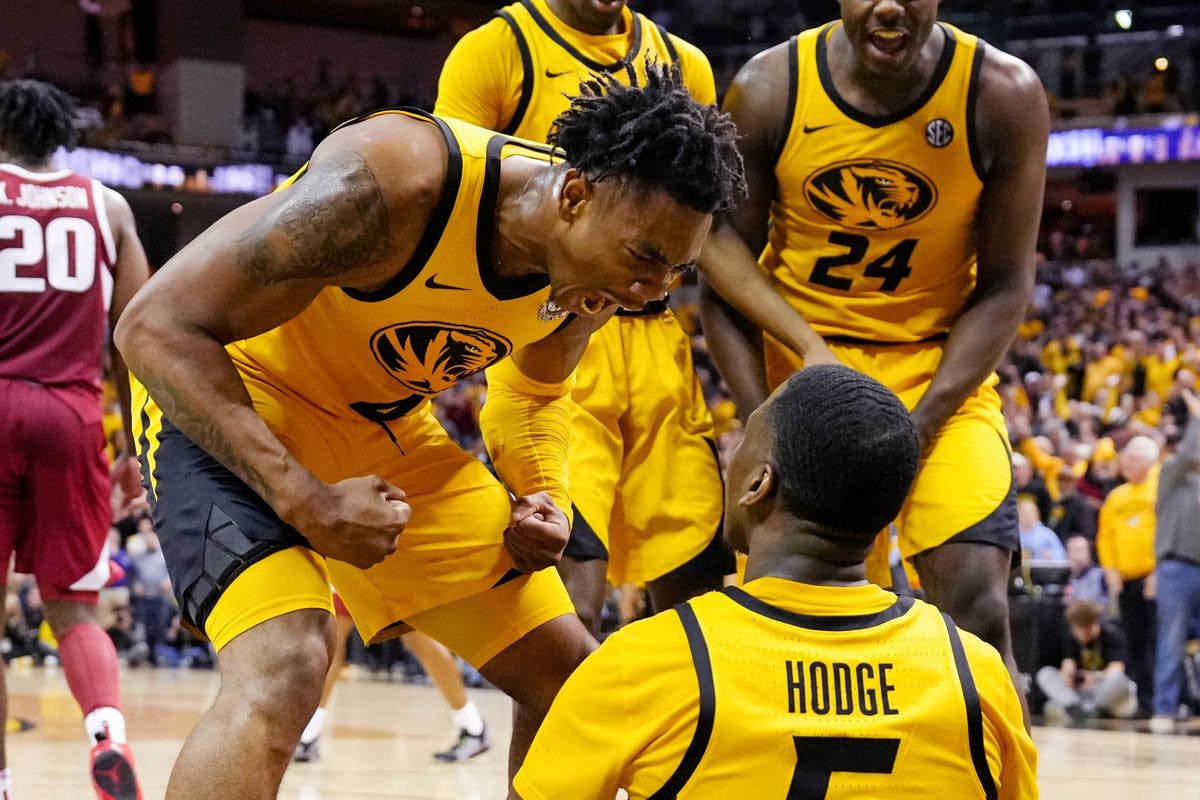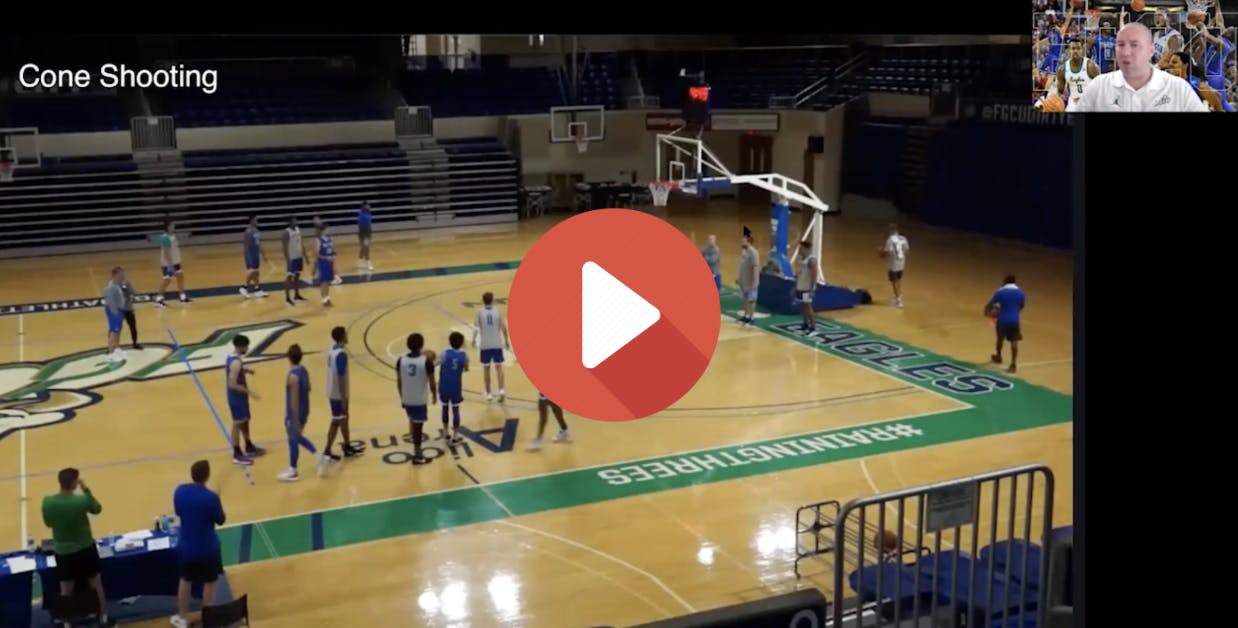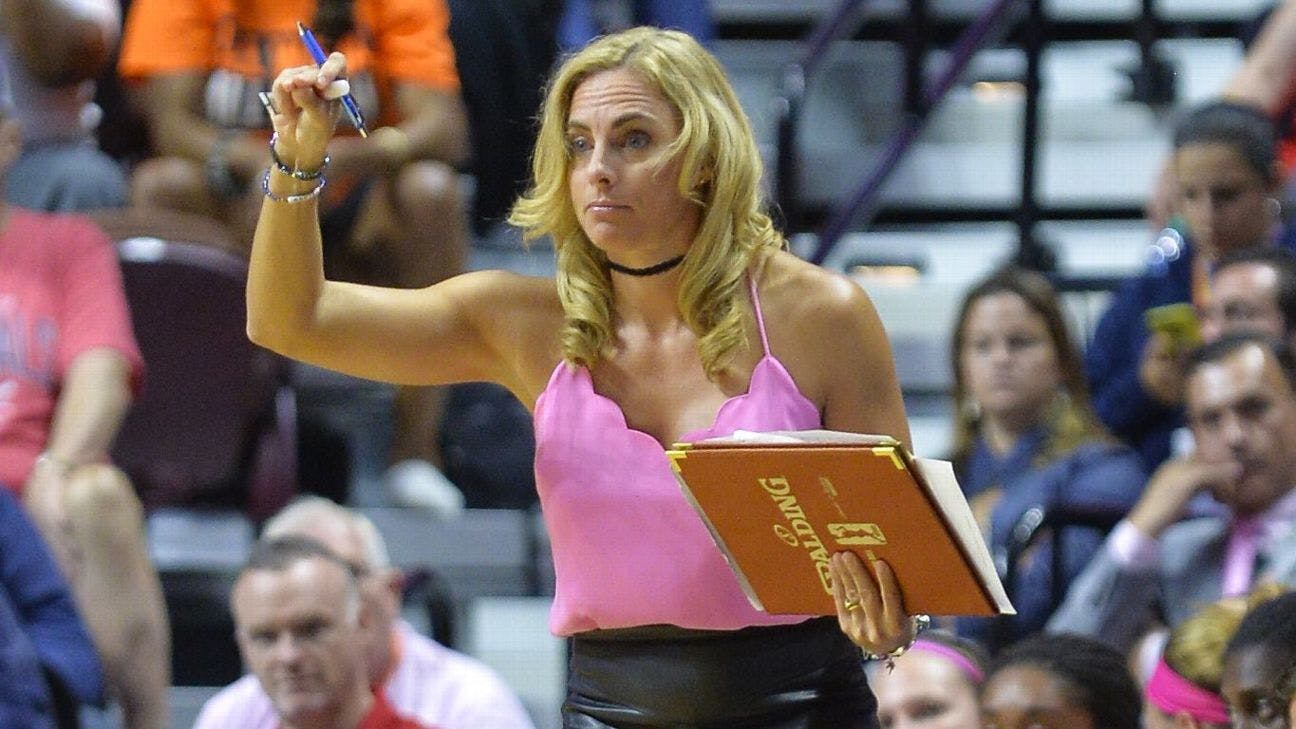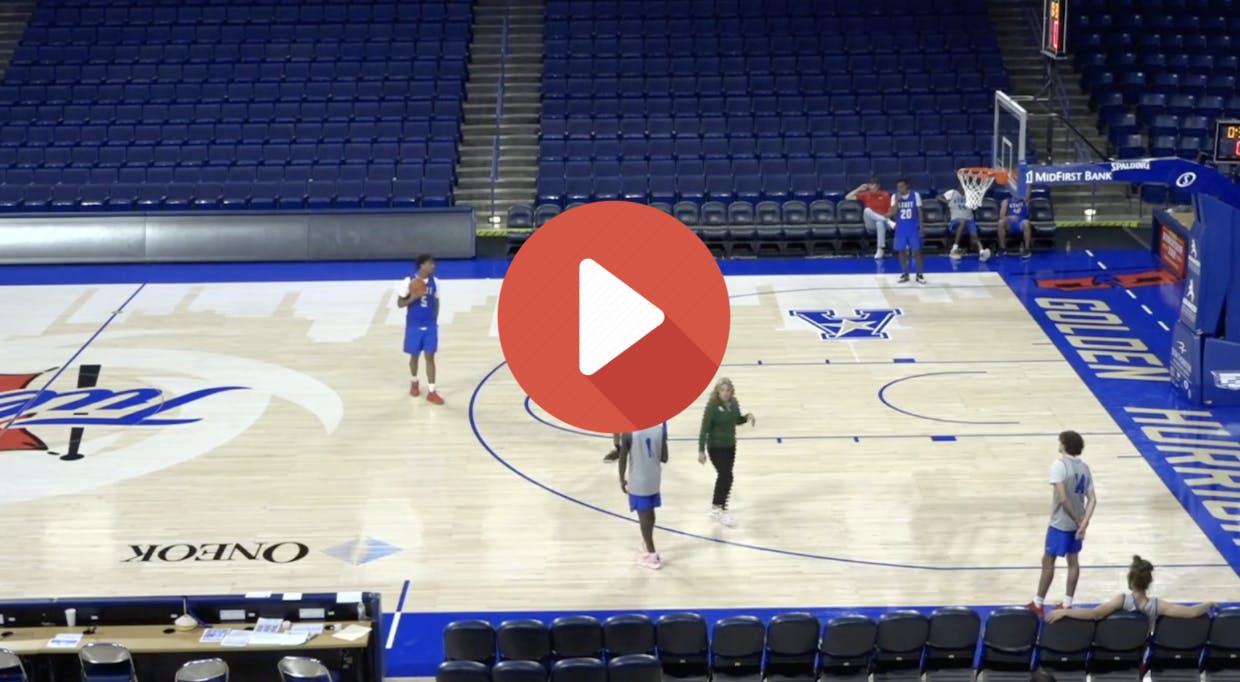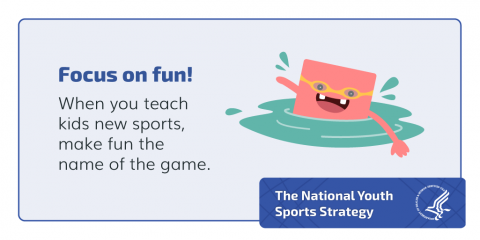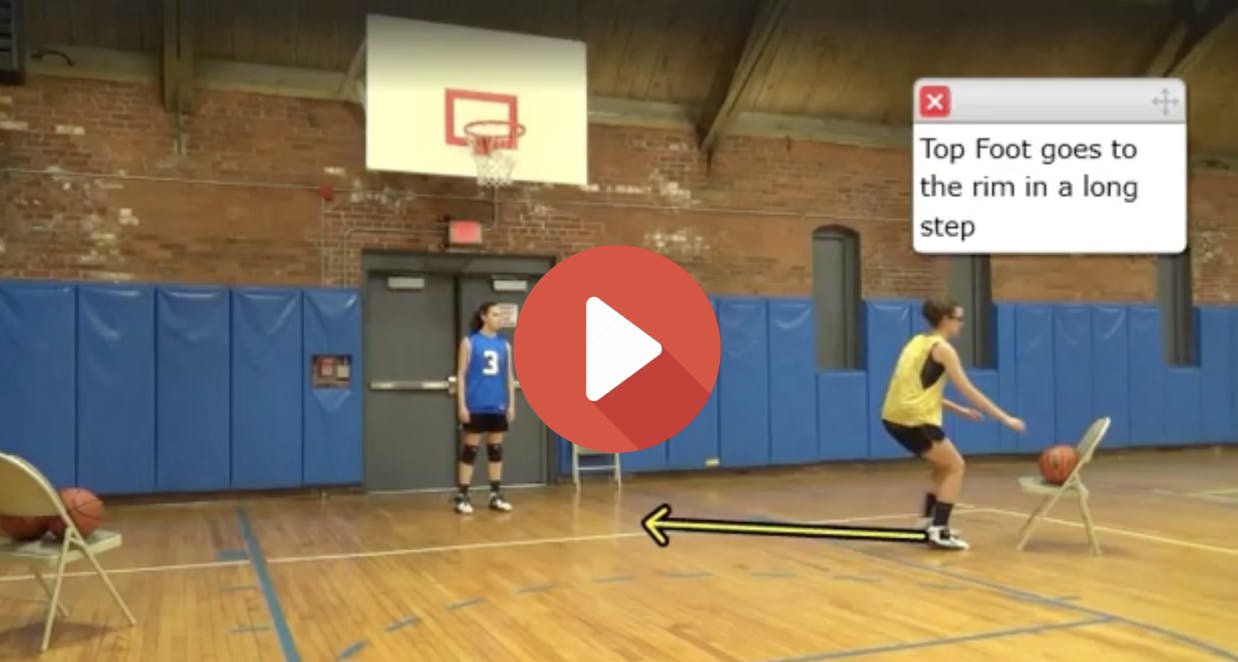The Pack Line DEFENSE
- Philosophy & Development of the Pack Line Defense
- Defeating Ball Screens with the Pack Line Defense
- Defending the Low Post with the Pack Line Defense
Get your Certification for Jim Boone's Pack Line Defense with the absolute most comprehensive teaching and Pack Line Defensive development program on the market today. This Course will provide you with greater depth into the Pack Line Defense and how to implement the system, more so than any Clinic or teaching Video currently available. Learn with Coach as he dives deep into Creating a Defensive Culture with the Pack Line Defense, including philsophy of teaching and developing the Pack Line, while taking you through key defensive development drills in a virtual classroom and multiple all-access practice settings.
Coach Boone provides you with the teaching tools and Development Drills to maximize ball pressure while sealing gaps and Protecting the Lane. Boone also gives examples of his “jump up, jump back” and “leverage seeking” close out drills which are highly effective in both contesting perimeter three point shots and preventing penetration. His 4-on-4 Conversion Drills teach all elements of the Pack Line Defense and Emphasizes Player Communication. Boone walks you through the complete system from A-Z; including Ball Screen Defense and Defending the Low Post with the Post Trap, through extensive video review of teaching drills and game footage, along with Q & A opportunities, and much, much more.
The Pack Line Defense has proven to be effective at all levels from elementary teams to the NBA, and it will provide you and your Team with an effective defensive approach that allows it to compete successfully with the best teams on your schedule, in your conference or region. And, regardless of your Defensive Philosophy or System, The Pack Line Certification Course, will offer you and your system of play something of benefit. Make this investment and begin the process of developing your players into "Tough, Fundamentally Sound Defenders" by learning with one of the best teachers in the nation, and install this Defense into your system and culture today.
Course Includes:
- Over Three Hours of Clinic Lessons, Developing The Pack Line Defenese
- 96 Videos and over 8 Hours of All-Access Practice Video and Game Footage
- Thoughts and Methodology on Creating a Championship Defensive Culture
- Defeating Ball Screens and Breakdown Drills
- Defending the Low Post and Post Trapping
- 36 Different Drills utilized in Teaching Pack Line Defense
- 2018 Free Fall Clinic Practice Plans
- Beginning of Season Practice Plans
- Post Season Practice Plans
- Pack Line Trouble Shooting Guide
- 1/1 Virtual Meeting Opportunities with Coach Boone
- Direct Access with Jim Boone for Q & A
- UAFS Defensive Handouts
The Coach
What They’re Saying About Coach Boone:
“Jim Boone is an outstanding person and coach. The University of Arkansas Fort Smith is very fortunate to have Coach Boone run their program. With over 500 wins, Jim is someone of courage, ability and a tremendous leader.”
– Mike Krzyzewski, HOF Head Coach Duke University
“Jim Boone is great, a great coach….he is as good a tactician as there is in the country….class guys play for Jim Boone.”
– Dan Dakich, ESPN College Basketball Analyst
“Coach Boone has established himself in the coaching community as one of the nation’s premier teachers. I have tremendous respect for Coach Boone. He is an outstanding basketball coach, and his basketball programs are synonymous with excellence.”
– Herb Sendek, Head Coach Santa Clara University
“Basketball, as it is taught by Coach Boone, is a formula for success. Jim Boone does not just teach basketball, he teaches life lessons. He has developed a philosophy that exceeds the boundaries of offense and defense. Jim’s programs have been yearly one of the nation’s most successful on any level, and the primary reason, is because he brings an overriding purpose to everything he does. ‘Commitment to Excellence,’ is the credo that Jim has used to oversee the values and principles that govern his teams.”
– Dale Brown, HOF Coach and retired Head Coach Louisiana State University
“Coach Boone’s knowledge of Motion Offense and his Pack Line Defense, coupled with his ability to teach it effectively is unparalleled. His teams are always fundamentally sound, extremely well coached and very, very good offensively and defensively.”
– Don Meyer, HOF Coach and retired Head Coach Northern State University
“No one, and I mean no one else does a better job of preparation, putting together a game plan, and then executing it than Coach Boone does with his teams. They were always the most prepared team we faced.”
– Tim Buckley, Former Head Coach Ball State University


